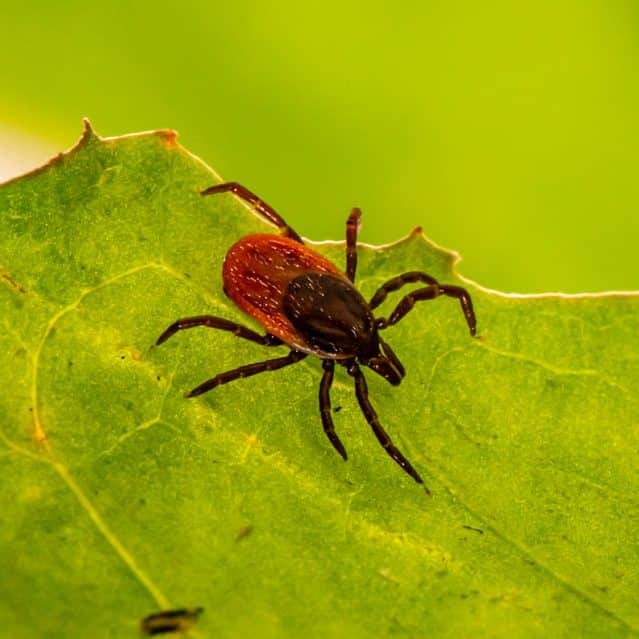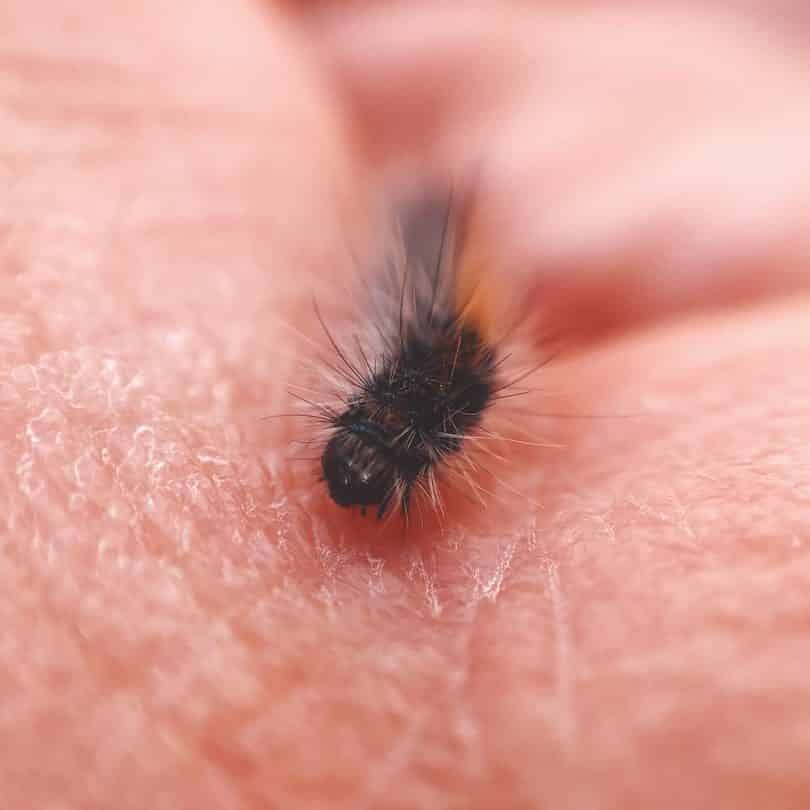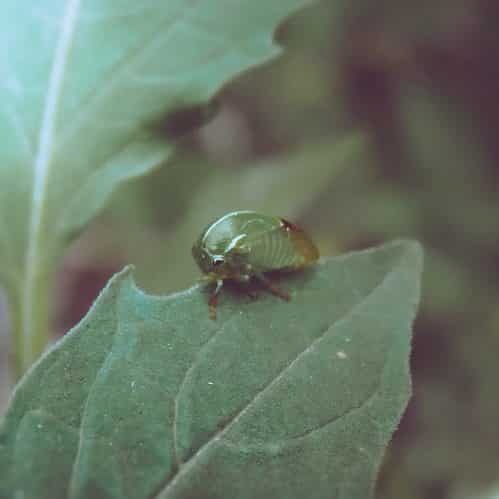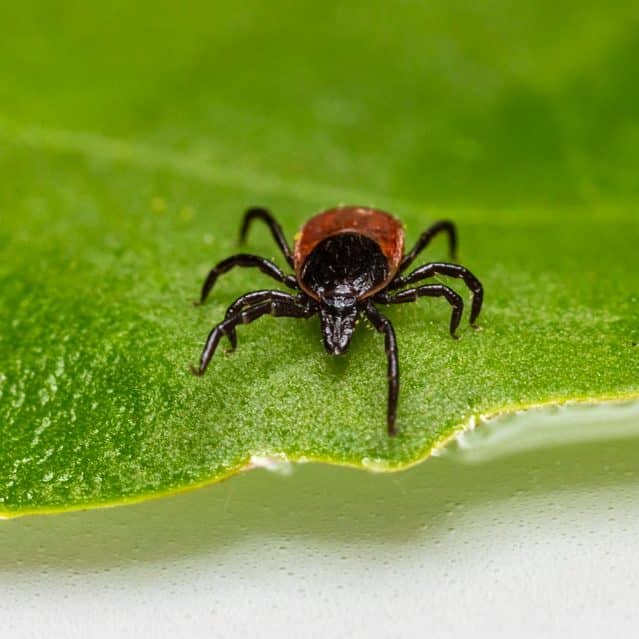
Reno Tick Extermination
Ticks are more than an annoying wildlife nuisance. They are parasitic pests who feed on humans, pets, and other animals. Ticks are arachnids that can carry infectious diseases to humans and pets that threaten health and quality of life. Their bites puncture skin and leave behind large painful red skin welts. Ticks can carry and transmit a wide variety of infectious disease pathogens, making prompt and effective tick exterminations necessary for good health.
If you suspect that you have a tick infestation, call us at (775) 305-3785 or send us a message today to get your property checked for ticks!
Request Your FREE Consultation!
Common Types of Ticks
There are two common families of ticks. Hard ticks (family Ixodidae) have a lifecycle of 1-2 years. Soft Ticks (family Argasidae) have a lifecycle ranging from a couple months to 4 years, depending on species.
The United States is home to several types of ticks that feed on human blood. American brown ticks, black-legged ticks, brown dog ticks, groundhog ticks, Lone Star ticks, Pacific Coast ticks, Rocky Mountain wood ticks, soft ticks, and western black-legged ticks are some of the most frequent pest ticks.
Related: Common Types of Fleas
Within the US, there are two common types of fleas: cat fleas and dog fleas. They are very similar, but have some differences. Cat fleas are slightly larger and have the ability to spread tapeworms among pets. Adult fleas have a lifecycle of 2-3 months.
Tick Infection Risks
Ticks carry hundreds of pathogens, which are spread into the bloodstream through their bites. The pathogens that ticks carry can lead to a variety of diseases including the bubonic plague, typhus, Lyme Disease, Rocky Mountain Spotted Fever, ehrlichiosis, Heartland virus, tularemia, and more. The CDC has a full list of infectious diseases known to be frequently spread to humans by ticks.

What Ticks Look Like
Adult ticks have eight legs, while tick larvae and nymphs only have 6. Tick larvae are small, and are less than a millimeter, or about the size of a grain of sand. Nymphs are a bit bigger at just over a millimeter, or about the size of a poppyseed. Adult ticks may grow to a quarter-inch after feeding.
Both hard ticks and soft ticks begin their lives as eggs that hatch into larvae and molt into nymphs. As larvae and nymphs, they begin seeking and feeding on mammalian and human blood. When they reach adulthood, hard ticks develop an exoskeleton on their back that soft ticks lack.

Related: What Fleas Look Like
Typically, fleas are small, wingless insects that can grow up to 1/6 of an inch long. Their powerful legs differentiate them from ticks, enabling them to achieve impressive jumping distances. Their bodies are thin, narrow, and spiny, making it easy for them to move around in and latch onto your furry friends. Their mouthparts are denoted for a blood-sucking proboscis, which can pierce human skin as well as pet skin. Fleas can be brown, gray, or dark in color.
Tick Removal Service
Tick exterminations for outdoor tick infestations requires first gaining control of harborage areas through trimming, mowing and other necessary maintenance, and then by applying ecologically-friendly pesticides. Tick treatments for indoor infestations begin by thoroughly cleaning flooring by dusting, vacuuming, mopping, or washing all pet bedding areas.
Unfortunately, when female adult ticks feed, they also lay eggs. These eggs fall off soon afterward, spreading the infestation to all areas in immediate contact. Of course, these eggs grow and mature, and larvae and pupae will even seek protection indoors inside carpeting furniture, baseboards, and more as well as outdoors.
The goal of our tick extermination and removal services is to kill these dangerous pests at all stages of development and get them out of your house and property.

Tick Extermination
In performing indoor tick exterminations, we typically apply popular indoor pesticides such as FenvaStar EcoCap, Bifen IT, Tekko Pro IGR, or Precor 2000 Plus Aerosol. These pesticides have all been proven capable of exterminating tick eggs, larvae, pupae, and adults. In outdoor settings, we may apply pesticides such as Bifen IT or Permethrin SFR to achieve tick extermination and protection goals.
Please consult your healthcare provider for any concerns about tick bites on your skin. Also, please consult your veterinarian for any concerns about ticks on your pet.

Related: Flea Extermination
Please consult your healthcare provider for any concerns about flea bites on your skin. Also, please consult your veterinarian for any concerns about fleas on your pet.
Tick Prevention
Exclusion and sanitation are the best strategies for controlling tick infestations, which frequently concentrate in and spread from pet bed areas. Ticks eventually fall off pets as they move, but they then hide in carpet, furniture, and more.
If you suspect that you have tick infestation problems, give us a call to schedule your tick extermination and get any other pest issues checked and controlled right away!


